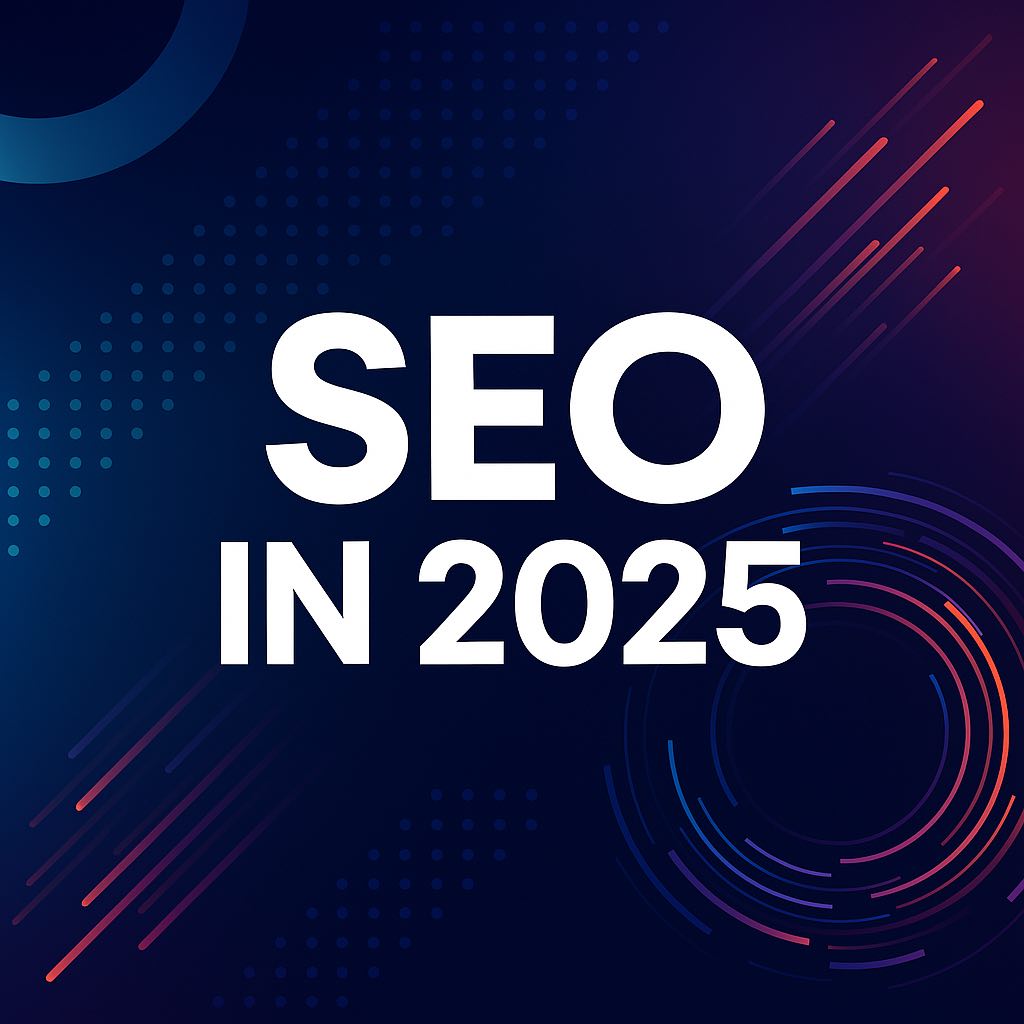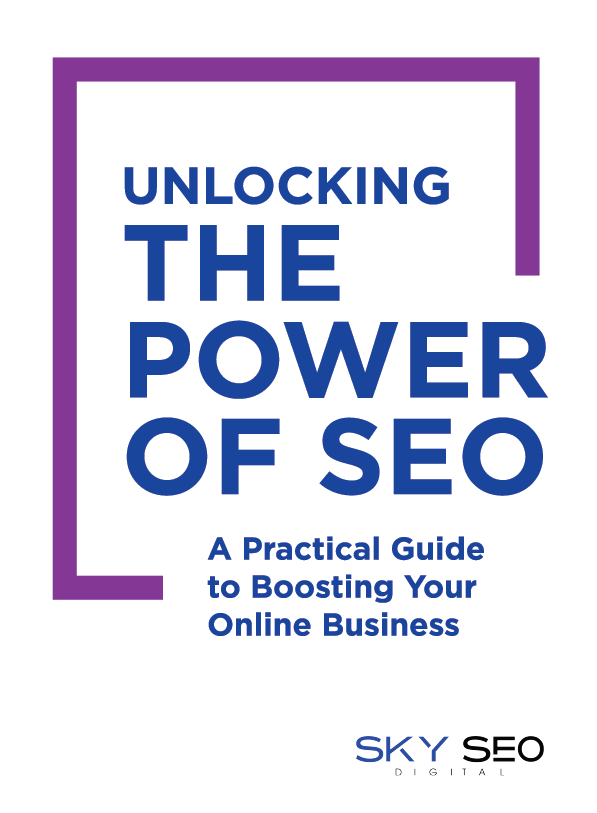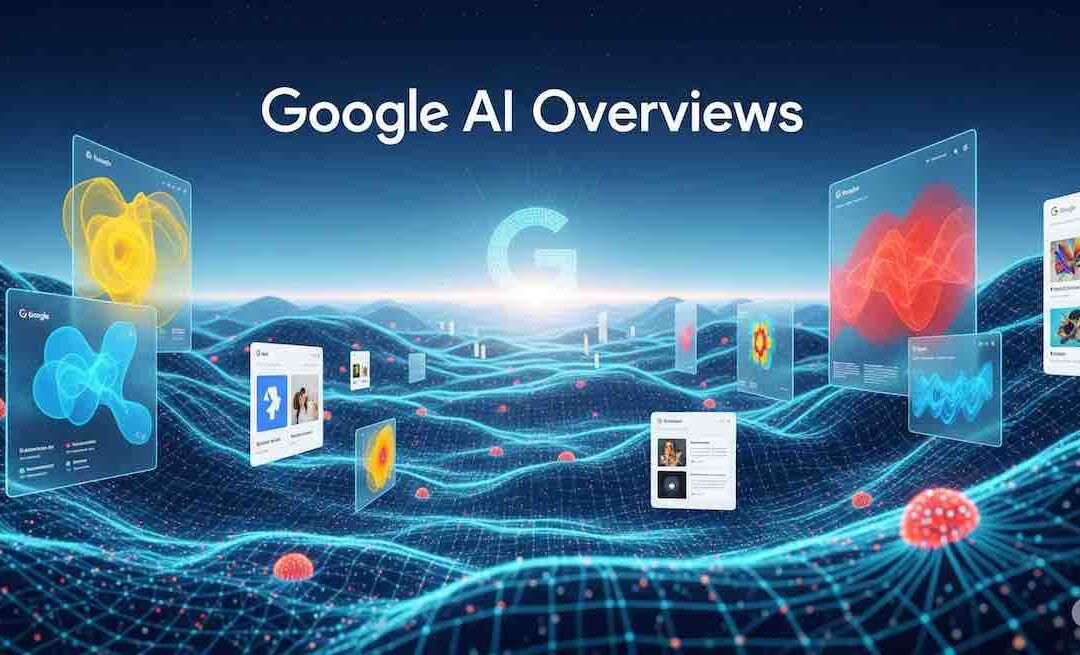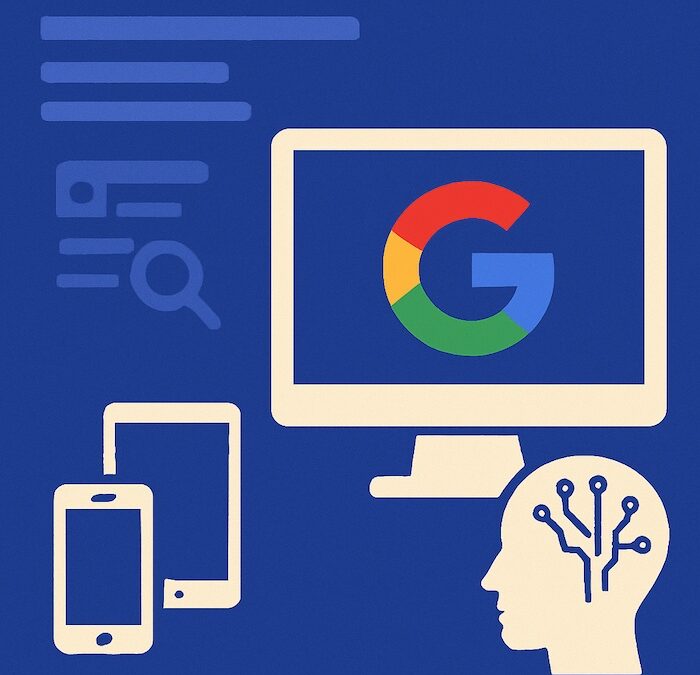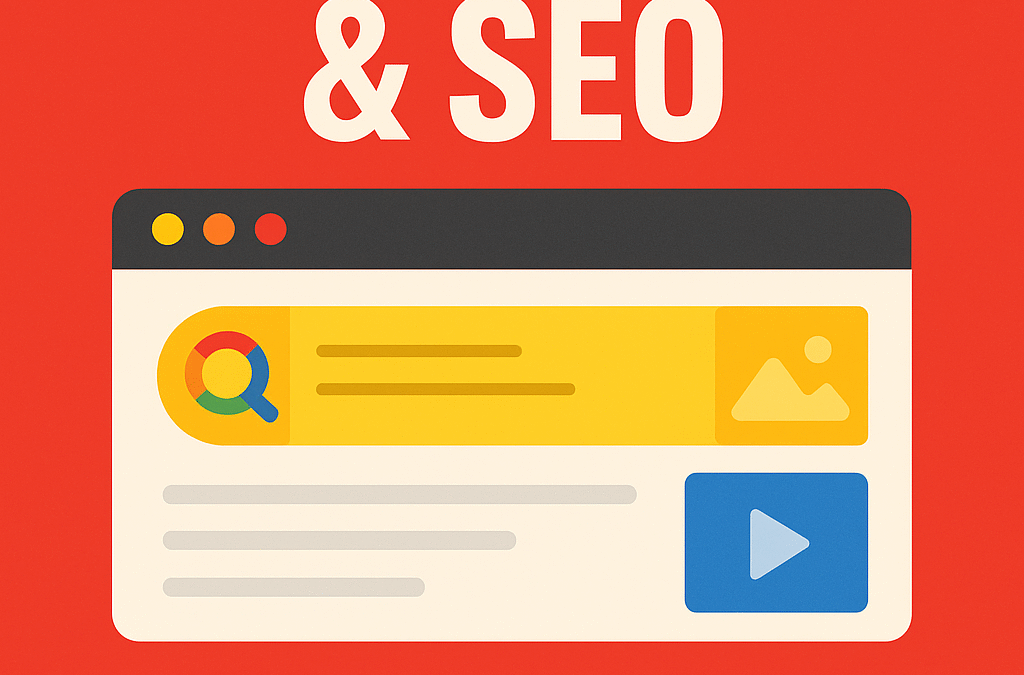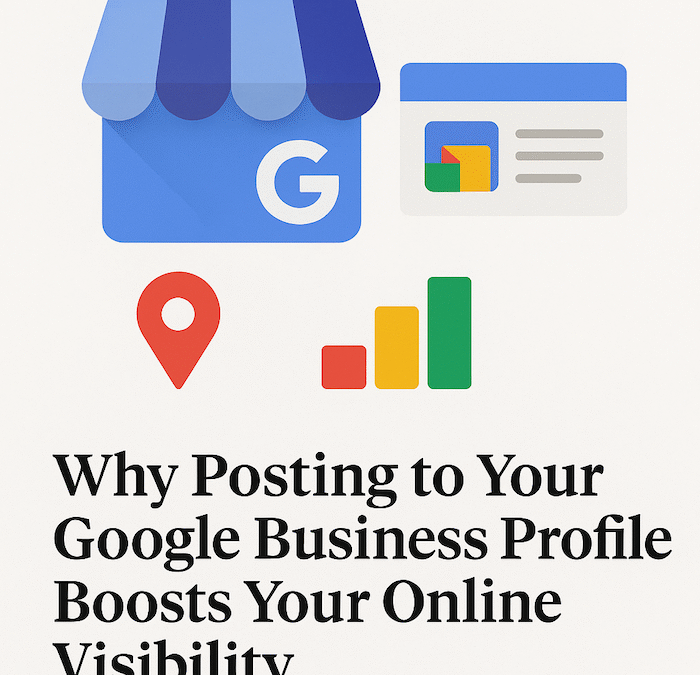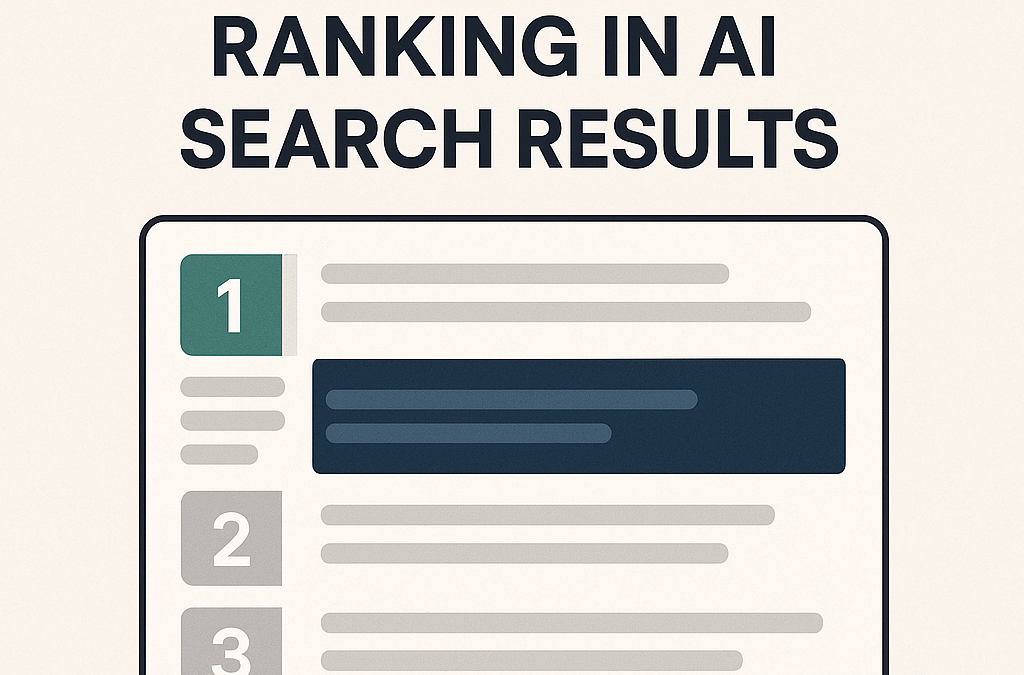SEO has entered a new era in 2025. With AI-generated summaries dominating search results, and platforms like Google Discover and chat-based interfaces shifting how users engage with content, the rules have changed. Publishers and digital marketers must now evolve beyond traditional click-focused strategies and adopt a visibility-first mindset that prioritizes trust, authority, and discoverability.
1. The Rise of AI-Powered, Zero-Click Summaries
AI summaries—now featured prominently in search engine results—have significantly reduced click-through rates. With more users getting the information they need directly on the search page, the traditional traffic funnel is shrinking.
This evolution has impacted news publishers across the board. While content still matters, it now needs to be crafted with AI comprehension and summary-readiness in mind. Winning visibility in these summary boxes has become just as important as page-one rankings once were.
2. Optimizing for AI Visibility (Beyond Classic SEO)
Traditional SEO tactics like keyword placement and backlinking are no longer enough. To thrive in 2025, news content must be optimized for how AI systems process and present information. That includes:
- Structured data and schema markup for every article
- Clear, concise answer formatting (FAQs, bullet lists, summaries)
- Authority signals like bylines, author bios, and source citations
- Semantic clarity to help AI understand context and relevance
By focusing on what AI values—reliable, clearly structured, and well-organized information—publishers can increase their chances of being cited in zero-click summaries.
3. Prioritizing Platform Discovery
Search engines aren’t the only place users find news anymore. Google Discover, mobile aggregators, social media, and AI chat tools are becoming essential distribution channels. Each has unique algorithms and formatting requirements.
To stay competitive, marketers must create content that performs well across platforms. This includes:
- Mobile-first formatting for fast loading and clean UX
- Compelling headlines and thumbnails optimized for swipes and taps
- Relevance tagging to ensure alignment with user interests
- Timely publication cycles that capture interest before trends fade
Discoverability now requires a hybrid strategy—part technical SEO, part content design, part audience understanding.
4. Rethinking Success Metrics: From Clicks to Visibility and Engagement
The drop in traffic caused by AI overviews means it’s time to shift how performance is measured. Instead of just tracking page views or click-through rates, news organizations should consider:
- Citation share: How often is your content featured or quoted in AI results?
- Brand visibility: Is your brand showing up across channels—even if users don’t click?
- Engagement depth: Are users staying longer, subscribing, or taking meaningful actions?
- Content lifespan: Does your story remain relevant and findable over time?
Success in 2025 is measured by presence, trust, and impact—not just traffic spikes.
5. Building Resilient, Future-Proof News SEO
To compete in the evolving news ecosystem, publishers must adopt strategies built for long-term adaptability. This includes:
- Answer-first content formatting (clear summaries, FAQs, and headings)
- Routine schema updates to keep content aligned with search engines’ evolving requirements
- Author verification and trust indicators to build credibility
- Content repurposing into multiple formats (audio summaries, video clips, carousels)
- AI-readiness testing to ensure your pages perform well in generative interfaces
Future-proofing means thinking beyond search engines. It’s about building content ecosystems that function across a network of discovery tools and platforms.
SEO + AI FAQs
Why is AI changing how news SEO works?
AI tools now generate answers directly on search pages, reducing the need for users to click on source links. This “zero-click” behavior is impacting traffic and shifting how news is discovered.
What can I do to improve AI visibility?
Structure your content with schema, use semantic markup, provide direct answers to common questions, and focus on authority and trust signals like author bios and original data.
Should I still prioritize Google search rankings?
Yes—but they are no longer the only priority. Brands must optimize for multiple discovery environments, including Google Discover, AI-generated results, and social platforms.
What kind of content performs best in this new environment?
Content that is informative, clearly structured, mobile-friendly, and aligned with user search intent tends to perform best—especially if it includes elements like FAQs, how-tos, or explainer summaries.
Is traffic from AI summaries trackable?
Not directly—but marketers can measure citation share, branded search trends, and engagement metrics to get a better picture of performance in this new environment
Shaping the Future of News SEO
As digital platforms and AI continue to reshape how people discover and engage with news, adaptability is no longer optional—it’s essential. Success now depends on creating content that’s not just optimized for search engines, but also structured for machine readability, platform diversity, and long-term visibility.
For digital marketers, the opportunity lies in building smarter, more resilient strategies that align with how audiences consume information today—and how they’ll discover it tomorrow.

